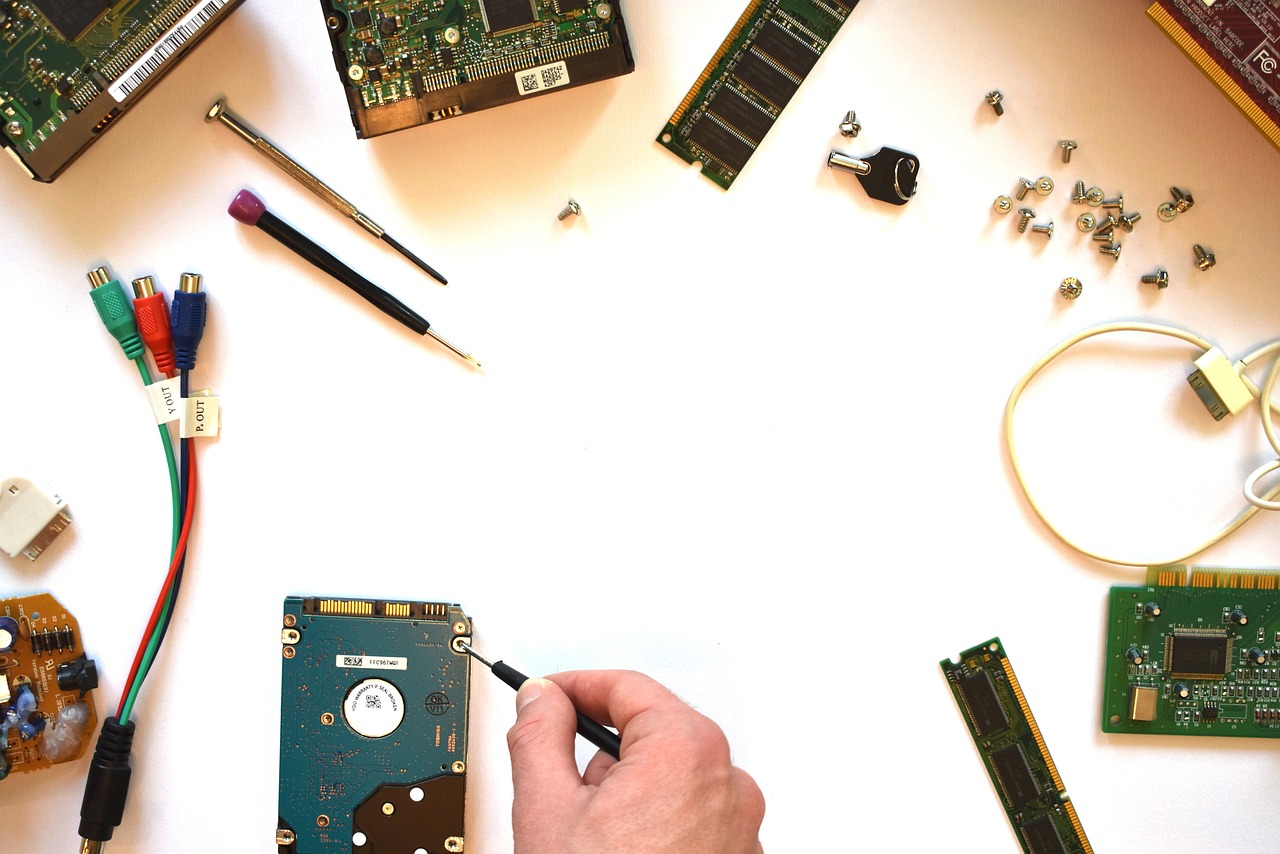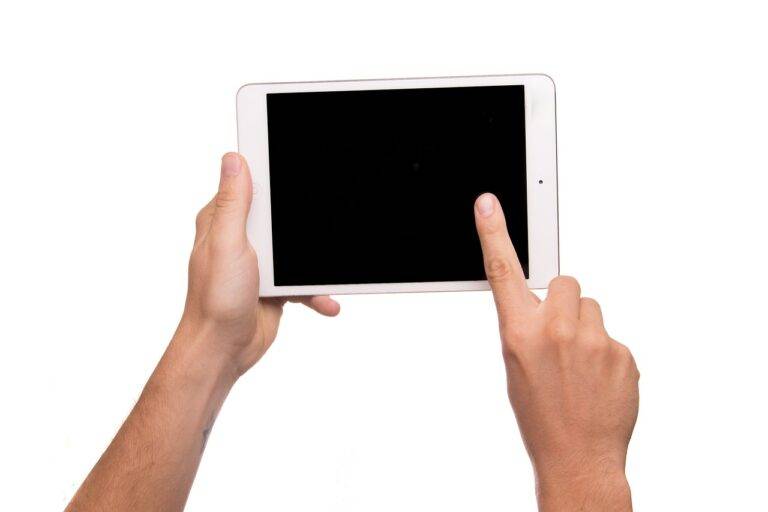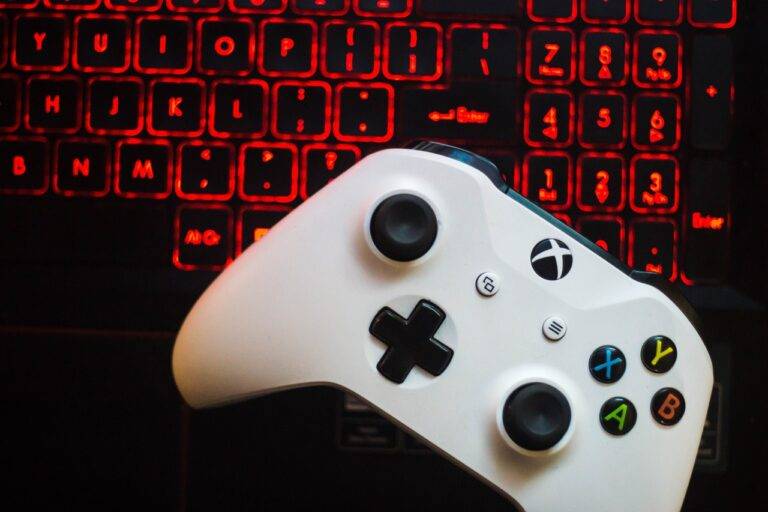The Role of Tech in Mental Health Support
Teletherapy has revolutionized the way individuals access mental health support, breaking down barriers posed by geographical distance and physical limitations. With the advancement of technology, mental health professionals are now able to provide therapy sessions remotely, offering convenience and accessibility to individuals who may not have easily sought help before. Through teletherapy, individuals can receive support from the comfort of their own homes, reducing the stigma associated with visiting a traditional therapy office.
Moreover, teletherapy has also proven to be cost-effective for both clients and practitioners. By eliminating the need for in-person appointments, clients can save on transportation costs and potentially lower therapy fees. For mental health professionals, teletherapy allows for more flexibility in scheduling and can increase their client base beyond the constraints of a physical office space. Overall, the impact of teletherapy on access to mental health support has been significant, opening up a new avenue for individuals to prioritize their mental well-being.
• Teletherapy has revolutionized access to mental health support
• Breaks down barriers posed by geographical distance and physical limitations
• Provides convenience and accessibility for individuals seeking help
• Reduces stigma associated with visiting traditional therapy offices
• Cost-effective for both clients and practitioners
• Clients can save on transportation costs and potentially lower therapy fees
• Allows mental health professionals more flexibility in scheduling
• Increases client base beyond constraints of physical office space
Overall, teletherapy has had a significant impact on improving access to mental health support, providing individuals with a convenient and cost-effective way to prioritize their mental well-being.
Virtual Reality as a Tool for Exposure Therapy
Exposure therapy is a common treatment for various anxiety disorders, where individuals are gradually exposed to their fears in a controlled environment to reduce anxiety responses. Virtual reality (VR) has emerged as a powerful tool for conducting exposure therapy in a more interactive and immersive way. By creating realistic simulations of feared situations or environments, VR allows individuals to confront their fears in a safe and controlled setting, making the treatment more accessible and effective for many patients.
Research has shown that using VR in exposure therapy can lead to significant improvements in anxiety symptoms and phobias. The ability to customize scenarios and control the level of exposure in virtual environments makes it easier for therapists to tailor the treatment to each individual’s specific needs. Additionally, the immersive nature of VR can enhance engagement and motivation during therapy sessions, leading to better outcomes for patients undergoing exposure therapy through this innovative technology.
The Role of Wearable Devices in Monitoring Mental Health
Wearable devices have emerged as innovative tools in monitoring various aspects of mental health. With the advancement in technology, these devices can track and analyze vital signs, activity levels, sleep patterns, and even stress levels throughout the day. Users can access real-time data and insights that can provide valuable information about their overall well-being.
The data collected from wearable devices can offer individuals and healthcare professionals a more comprehensive understanding of an individual’s mental health status. By continuously monitoring key indicators, such as heart rate variability and sleep quality, these devices can help in early detection of potential mental health concerns or changes in mood. This proactive approach allows for timely interventions and personalized strategies to promote mental wellness and improve overall quality of life.
How can wearing a device help monitor mental health?
Wearable devices can track various indicators such as heart rate, sleep patterns, and activity levels, which can provide insights into the individual’s mental well-being.
Can wearable devices detect mental health conditions?
While wearable devices cannot diagnose mental health conditions, they can help individuals and healthcare providers monitor symptoms and patterns that may indicate a need for further evaluation or intervention.
What is teletherapy and how does it impact access to mental health support?
Teletherapy refers to therapy sessions conducted remotely through video calls or phone calls. It can improve access to mental health support by eliminating barriers such as transportation issues or geographical limitations.
How does virtual reality aid in exposure therapy for mental health treatment?
Virtual reality can create simulated environments that expose individuals to their fears or triggers in a controlled setting. This can help individuals confront and manage their anxiety or PTSD symptoms.
Are wearable devices a substitute for professional mental health treatment?
No, wearable devices are not a substitute for professional mental health treatment. They can complement treatment by providing additional data and insights, but individuals should still seek guidance from healthcare providers for proper diagnosis and treatment.





